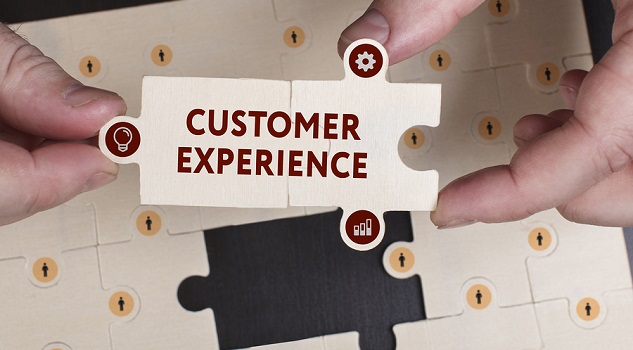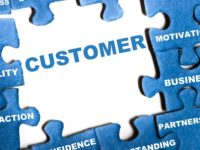Australia is no longer a society of mad consumers – weak retail spending trends show us this much. Pair this with the encroaching threat of international online retail behemoths like Amazon and it begs the question: how can Australian businesses survive and differentiate in a climate that is full of competition?
In a nutshell, the “experience economy” is the answer. It is changing how we consume and influencing us to prioritise experiences with friends and family over the ownership of goods.
Australians have always been quick to embrace an experience, if you need proof look no further than the crowds that flock to the footie, the lines outside the latest restaurant or our jetset millennials that prioritise travel over owning cars or houses. In fact, over $132 billion was spent on leisure and entertainment in the year to March 2017 – an increase of $16 billion pa since March 2012, and far more was spent on either commodities ($107 billion) or groceries ($103 billion) according to the latest figures from Roy Morgan.
This doesn’t mean that the writing is on the wall for the purveyors of commodities, it simply means that retailers need to find ways to create experiences in and out of their physical stores that facilitate meaningful relationships with their customers.
People no longer feel the allure of owning “stuff”. Indeed, psychologists* have found that people mostly feel frustration before the planned purchase of an item, compared to those who purchased experiences who felt a heightened sense of excitement and were more satisfied long-term.
Experiences are also valuable new marketing streams for the savvy businesses that utilise them, generating a wealth of free content and serving as a conduit for marketing through word of mouth of consumers.
Consider, for example how a restaurant or cafe can go viral on social media purely because they offer a unique, highly shareable dish or environment that enhances the dining experience. Customers are more likely to share these experiences with their networks via photographs and check-ins on social networks than they are a product which can seem gauche in comparison. This is a perfect example of how creating an experience for diners and customers alike is the most valuable tool in a business’s arsenal.
For businesses, the credibility that is attached to word of mouth marketing is what will entice customers to make their first purchases and ensure that these customers will return again.
These experiences can run the gamut from small touches that enhance the in-store experience to complete service model or product offering overhauls. It can be as simple as offering your customers beautiful packaging to ensuring your store has an on-brand fit-out with some insta worthy highlights.
The rise of retailers offering bespoke products that allow customers to partake in the design experience, for example Shoes of Prey or Mon Purse is another example of how businesses are taking advantage of the experience economy and thriving. These businesses have tapped into a niche that allows them to engage directly with their target markets – a much needed advantage when competing with big-name international retailers.
And the proof is in the data – TruRating shows that customers who are impressed with their retail experience spend on average 12 per cent more than those who are disappointed. Data is an invaluable resource for businesses hoping to make experience based changes, allowing them to better understand the mindset of their customers and how best to engage them.
By better understanding the nation’s shopping behaviour, businesses can take advantage of the experience economy as an opportunity to thrive.
* https://www.theguardian.com/business/2017/may/13/just-do-it-the-experience-economy-and-how-we-turned-our-backs-on-stuff
Sophie Jillings, Head of APAC, www.trurating.com















